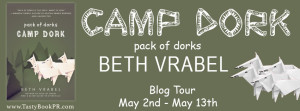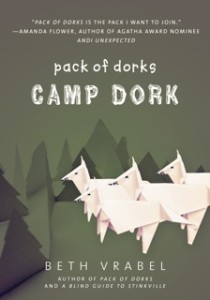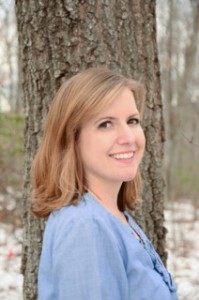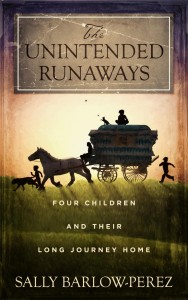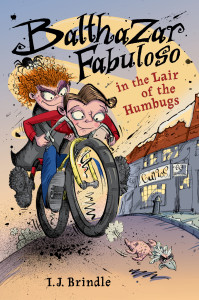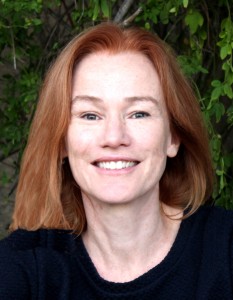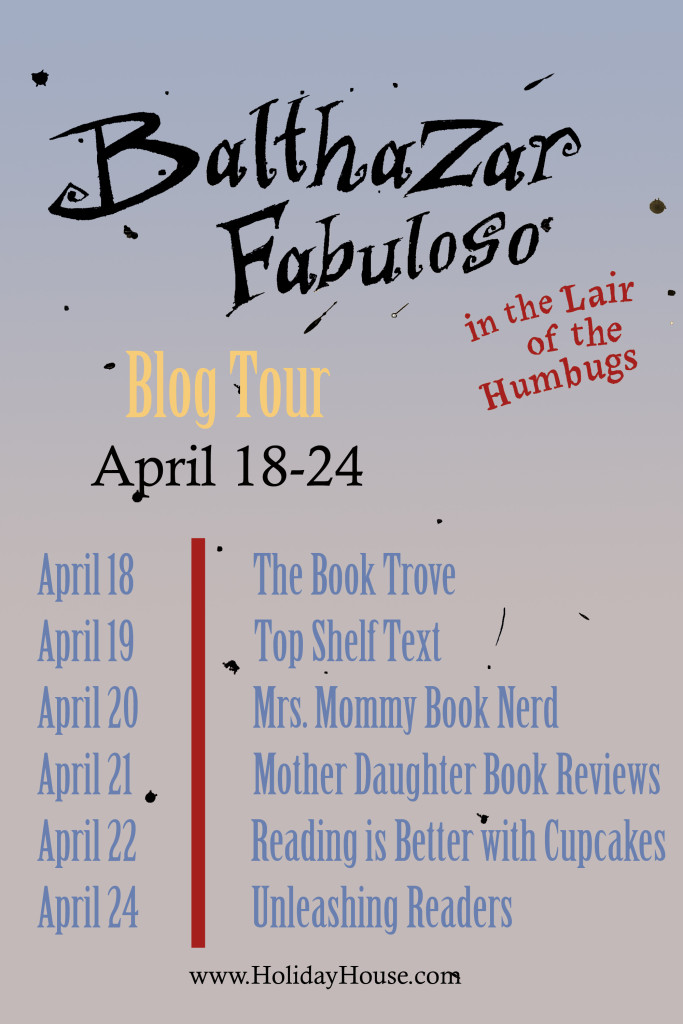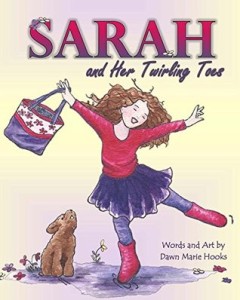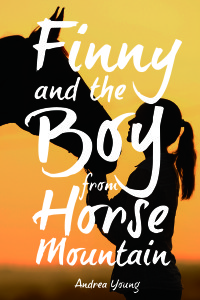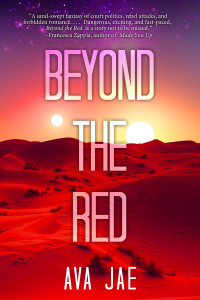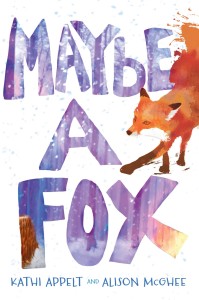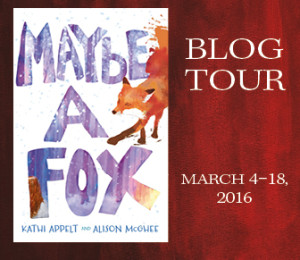“When Characters Come Alive”
“Do Lucy and Alice know each other?”
A young reader asked me this recently when I met with their class to talk about writing and reading. The students had read Pack of Dorks as a classroom read-aloud and several of them went on to read A Blind Guide to Stinkville on their own.
The grin on my face had to look ridiculous as I tried to figure out how to answer this question. Did Lucy, my snarky and loyal protagonist in Pack of Dorks, know quiet and brave Alice from A Blind Guide to Stinkville?
Luckily another student piped in. “There is no way they’d like each other, if they have met. Alice is way too mature for Lucy.”
“But Alice and Sam would get along,” replied the first student, mentioning Lucy’s best friend.
“Actually,” I said, and there really is no word to describe the thrill pulsating through me at that moment. “Sam and Alice are cousins.”
“What?” they said together, minds blown.
I nodded. “Look for clues in Camp Dork.”
As an author, that was the best conversation ever, one that’s making me grin like a scary clown as I write about it now. These readers weren’t asking if Alice and Lucy would meet in further books. They wanted to know if they knew each other now, in the land fictional characters live when we close our books. To them, Lucy and Alice aren’t personas I created. They’re real.
I see the same thing in my son when he talks about his current literary obsession—Harry Potter. “I wish he’d be a little more careful with his Invisibility Cloak,” he mused as I put him to bed. “It makes me nervous that he just leaves it lying around.”
Ask my son anything about Harry Potter, and he can immediately give you the answer. What’s in his pocket? “A golden snitch.” What’s on his bedroom floor? “Chocolate Frog wrappers.” What’s his biggest fear? “Dementors.”
This ability to talk about characters with the same conviction and intimate understanding we would use to describe as our friends happens because of one thing: Voice.
When a character has a distinctive and authentic voice, not only do the stories become alive, so do the characters.
Finding that voice is the hardest aspect of writing for me. Even writing the dreaded synopsis is easier than this essential step.
It’s tricky because it feels like I’m not working. It feels—and looks like—a lot of staring into space, eating candy and drinking coffee. But really, I’m thinking of my characters, trying to unravel what makes them meaningful, how they view the world, what makes them unique.
Assigning them quirks is easy. Making those quirks meaningful and capable of moving forward characters’ stories is tough.
A Blind Guide to Normal (releasing in October) tells the story of Ryder Raymond, a fourteen-year-old boy who always has a pun or a joke at the ready. The reason for this is pretty obvious: He wants to make you laugh before you can laugh at him.
But sometimes, as an author, I’m the only one who understands a character’s quirks. Take for example Sheldon in the Pack of Dorks series. He is completely obsessed with dinosaurs. He wears shirts with iron-on dinosaurs and shoelaces with dino prints. Every conversation with Sheldon will eventually go back to dinosaurs. I haven’t yet shared in the series why Sheldon is obsessed—how when he was a toddler, he and his dad used to go for walks looking for tracks and spend hours playing with toy dinosaurs. I haven’t mentioned that Sheldon’s dad isn’t part of his life any more, but the dinosaurs still are. But I know that, and it helps me move Sheldon through the series.
When I’m to the point where I can talk about my characters the way those students did Lucy and Alice—putting them in new situations and seeing how they’d respond—only then am I able to write their stories.
And it’s only when I see that these characters have blossomed to life for readers, too, that I know all that space-staring potato-chip-eating coffee-drinking was time well spent.
Young writers who are just beginning to tap into their own ability to story tell might benefit from continuing the stories of characters they already know and love.
I remember doing this myself when I was in middle school. Winnie Foster went on to have many more adventures in my mind after finishing Tuck Everlasting. I told myself stories about her growing older, times when she would run to the stream and debate drinking from it. Times that she was so glad she never had.
Another classroom I visited offered up another pinch-me moment as an author. The students told me they loved to play Pack of Dorks at recess, taking turns being Lucy, Sam and the rest of the gang. The character most coveted was Lucy’s baby sister Molly.
The teacher told me she encourages them to put these new adventures on paper during classroom free writing time. What an incredible idea!
Young writers given the freedom to continue their favorite characters’ stories will no doubt give them the confidence to tap into their own storytelling, find their own voice.
“I still think Lucy and Alice should meet,” the student told me as our classroom discussion ended. “It’d be a good story.”
“I think so, too,” I told her. “And you should write it.”
Camp Dork
About the Book:
Lucy and her pack are back, in this sequel to Beth Vrabel’s heartwarming and humorous debut, Pack of Dorks. Sheldon convinces Lucy, Sam, April, and Amanda to join him at a weeklong sleep-away summer camp—Camp Paleo: Live Like a Caveman. Like cavemen, they’re going to have to make do without air conditioning or a heated pool. They’ll learn archery and dig for fossils. And Grandma’s coming too; she’s taking a job as lunch lady for the camp next door.
At the last minute, Sam backs out to go to a gymnastics training camp instead. Lucy wonders why she misses him so much—it’s not like he’s her boyfriend or anything. Why does the word “boyfriend” make her blush, even when she’s only thinking it? She needs a distraction. Enter Mr. Bosserman, the grouchy camp leader who won’t budge on the caveman aspect of the camp. The old man needs some softening up, and Lucy knows just the person for the job: Grandma.
One successful match made, Lucy starts to see potential lovebirds everywhere. And setting up couples keeps her from facing the question tickling the back of her mind: Is she in love with Sam? But when the wrong campers fall for each other, the pack falls apart, all under the watchful eye of a super secret blogger who’s been writing about the camp’s activities Gossip Girl–style. Even worse? A thief is targeting everyone but Lucy, setting her up to look guilty. Soon Lucy again finds herself alone, left to fix the messes she’s made and face her own feelings. If she fails, the pack may be splintered for good.
For readers aged 8 to 12, this is a funny but poignant book about bullying, crushes, the harmful nature of rumors, and the importance of friendship and telling the truth. A great book to read aloud in the classroom for discussions or to simply read on a summer trip.
Goodreads Link: https://www.goodreads.com/book/show/25898670-pack-of-dorks
Giveaway!:
About the Author: Beth Vrabel grew up in a small town in Pennsylvania. She won a short-story contest in fourth grade and promptly decided writing was what she was going to do with her life. Although her other plans–becoming a Yellowstone National Park ranger, and a professional roller skater–didn’t come to fruition, she stuck with the writing. Beth’s backround is journalism and was editor of two regional magazines and a lifestyle columnist. Beth now writes full time.
Her books include Pack of Dorks series and A Blind Guide to Stinkville (Sky Pony Press). Her latest release, Camp Dork, hit bookstores in May.
A Blind Guide to Normal releases in October.
Author Links:
Website: www.bethvrabel.com
Facebook: https://www.facebook.com/AuthorBethVrabel/
Twitter: https://twitter.com/beth_vrabel
GoodReads: https://www.goodreads.com/author/show/7710163.Beth_Vrabel
Instagram: https://www.instagram.com/authorbethvrabel/
Thank you to Beth for this post. We hope our readers enjoyed her conversation with these students as much as we did! We’ve been fortunate to feature Beth on the blog before. Please check out her other guest post, “My Son’s Teacher’s Approach to Reading.“
Thank you to Lisa at Tasty Book PR for connecting us with Beth!
